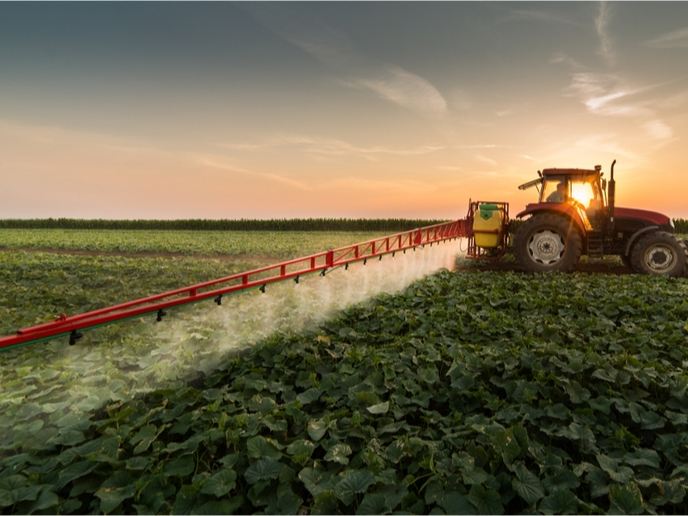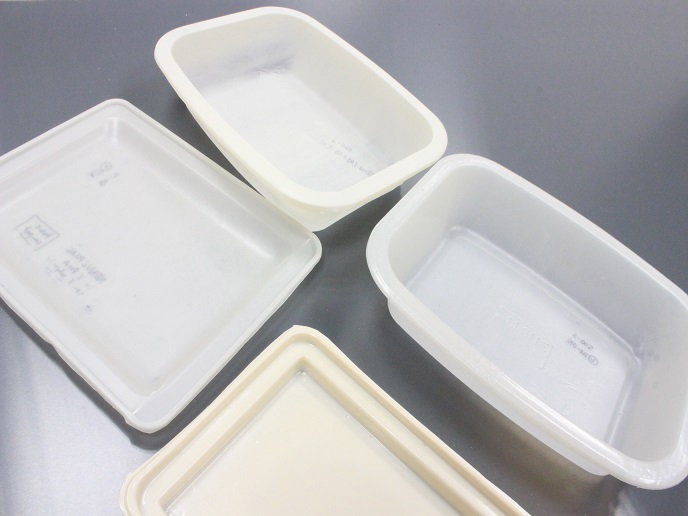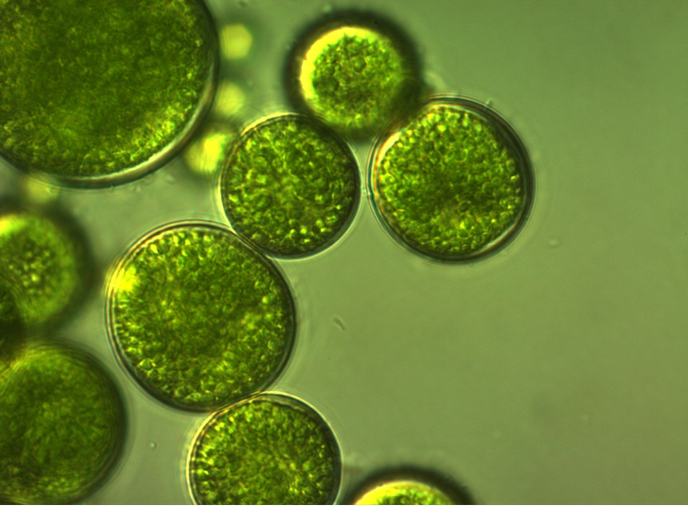Farmed fish measured by remote control
The EU-funded FISHSCAN project developed a highly accurate system for remotely monitoring the weight, growth and size distribution of marine fish in sea cages. Project partners built and tested a working prototype and trained staff from small and medium-sized enterprises on how to use it. FISHSCAN's greater accuracy, compared to the technology currently available, will help reduce errors in estimating biomass. Farmers rely on correct measurements as the vast majority of farmed fish are arranged pre-harvest. Therefore, an accurate estimation could lead to economic benefits of up to EUR 41 million annually for European aquaculture. Phone interviews with key representatives of the aquaculture industry were conducted by researchers to determine users' needs prior to designing the FISHSCAN system. Respondents said they required a suitable capacity, power supply and level of automation. Cost, ease of use, reliability, environmental and user safety, and compliance with relevant standards were also considered important factors. Project partners also studied whether fish behaviour could be altered by different forms of artificial light. This enabled researchers to select lights and cameras for use with the remote monitoring system that did not interfere with the natural behaviour of the fish. Custom-made lighting and electronics, including a control module for the biomass estimation system, were integrated into the prototype. Software was also developed for estimating the biomass of fish from data-capturing devices. The main challenge faced during this work was how to compensate for the reflectivity of fish skin and fish movement. The consortium also developed a robust housing for the system that was capable of operating in the marine environment. The housing consisted of top-side and sub-sea units to hold the camera module, instrumentation and the newly developed software. The prototype was then successfully tested during large-scale trials at industrial salmon farms off the Norwegian coast. FISHSCAN will enable Europe's fish farmers to accurately measure their stocks of marine fish, thereby ensuring quality and size. This will have significant financial benefits for the whole sector and protect the ecosystem from excessive fish feed.
Keywords
Farmed fish, aquaculture, size distribution, sea cage, biomass, remote monitoring, fish feed







